How to grow aquilegia from seeds at home?
Many flower growers are attracted by aquilegia, growing from seeds of which does not require special difficulties and preparation. An unpretentious plant can grow on any soil under any conditions. But a lush bush, decorated with bright multi-colored inflorescences, can be obtained only when the plant is provided with optimal growing conditions. An important role in this is played by the choice of a site for planting - the plant does not tolerate direct sunlight, so it is better to plant it in the shade or partial shade.
Aquilegia
Pinkish, bluish, yellow flowers will decorate any garden. The catchment - the second name of the aquilegia - cannot stand direct sunlight. Therefore, you can even choose a place for this plant under a tree. The flower is characterized by rather powerful roots - up to 70 cm in diameter and the same amount in depth. Despite the strong root system, the catchment does not tolerate transplantation very well - its thin roots formed on the main root are very easy to injure.
Aquilegia blooms from May to July. For almost 3 months, you can admire lush bushes with multi-colored inflorescences and thin leaves. In August, the seeds begin to ripen, by the end of the month they can already be harvested. It is important to have time to collect the seeds on time, otherwise they will fall to the ground, leaving empty fruits on the bushes. It is better to cut off slightly brown - unripe - fruits and dry them.
Important! The seeds can be stored in a cool place for up to five years.
Cultivation of the catchment
Reproduction of aquilegia is done in several ways:
- sowing seeds into the soil;
- sowing seeds for seedlings;
- dividing the bush;
- grafting.
Growing aquilegia from seeds is easier, more flowers are obtained, and they take root after transplanting faster. When propagated by division or cuttings, the bush is injured, and this can negatively affect the further development of a fragile flower. That is why preference is given to sowing seeds.
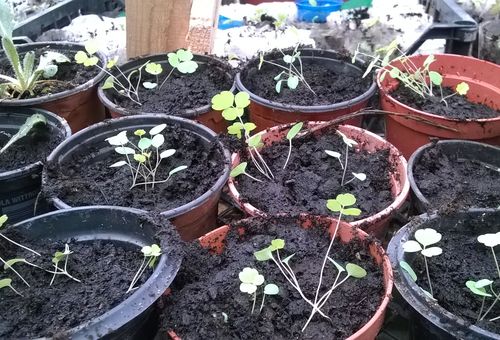
You can sow seeds both in spring and late autumn. In the second case, the seeds germinate better. If there is confidence in the good germination of the planting material, then the seeds are sown immediately to a permanent place. Otherwise, they are sown in open ground with further replanting to a permanent place. In order not to be disappointed in the future flower garden, when sowing it is necessary to follow all the recommendations for proper planting.
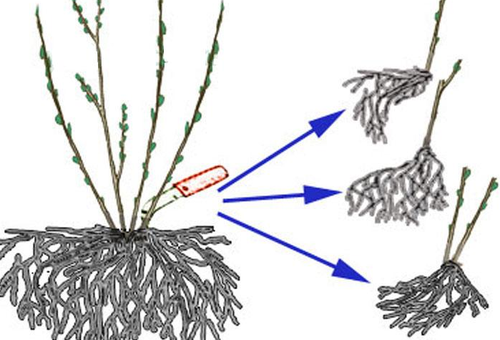
Spring sowing
- It is advisable to collect planting material in the fall.
- Sowing time: mid-April.
- Seeds are sown in the soil warmed up to at least 16 degrees - the first shoots appear after 3 weeks.
- To increase the percentage of germination of seed material, it must be stratified: either hardened in the refrigerator for a month and a half, or held in a place with a high temperature (about +35 degrees) for about a month.
- Seeds are planted in shallow holes at a distance of about 25 cm from each other.
- Before the emergence of seedlings, it is advisable to cover the bed with a film to create favorable conditions. In this case, it is necessary to control the air temperature (+14 - +19 degrees), illumination and soil moisture.
- As soon as a couple of leaves appear on the sprouts, they can be planted in a permanent place.
Sowing before winter
- A garden bed is being prepared.
- Seeds are poured over the surface, lightly pressed into the soil or sprinkled with a thin layer.
- Bumpers are laid out along the edge of the bed, on top of the bed is covered with a canvas. In this form, the seeds "hibernate"; in the spring, after the snow melts, the canvas is removed.
Advice! Bumpers - boards can be replaced with a container without a bottom.
- The sprouts are transplanted to a permanent place when they have 3 or 4 leaves.
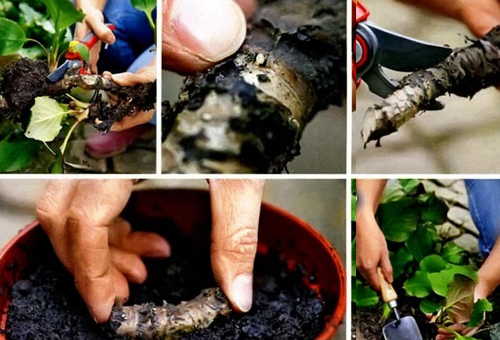
Sowing seedlings - if the material is of unknown quality
- Sowing time is March.
- The soil is prepared - sand, sod and humus from fallen leaves in equal amounts.
- To increase germination, seeds are stratified. You can stimulate them with special drugs, for example, "Zircon".
- For sowing, choose deep dishes, since the roots of the aquilegia are long, but weak.
- The seeds are spread on moistened soil and sprinkled with a small layer of earth on top or pressed a little into the ground.
- Before the seeds germinate, the containers are covered with some material (paper, film) on top to maintain soil moisture.
- Before transplanting to a permanent place, the seedlings create optimal conditions. It is important not to allow waterlogging - it can provoke a black leg disease, which leads to the death of the sprouts.
Advice! To obtain stronger seedlings, it is necessary to provide additional lighting and a cool temperature regime - about +17 degrees.
- When 2 - 3 leaves appear, the sprouts must be dived into separate containers, and by the end of May they are planted in a permanent place.
For aquilegia bushes, it is better to choose a shady area. A distance of at least 25 cm must be observed between the bushes, and if a plant of large varieties is grown, then at least 30 cm.
Watershed care
After transplanting the sprouts to a permanent place, it is necessary to shade them for the first time for better development and adaptation. Further care is as follows:
- Loosening and weeding: as needed. The heavier the soil, the more often it needs to be loosened.
- Watering: infrequent, but abundant. Aquilegia is a moisture-loving crop, but its deep and strong roots can withstand any drought.
Important! Lack of moisture affects the size of flowers and brightness of foliage: the former become smaller, and the latter - paler.
- Top dressing: depends on the fertility of the soil. Fertile soil is fertilized twice: with the beginning of active growth and development of plants (late spring) and in summer. Organic or mineral additives are used in liquid form, combining them with abundant moisturizing and loosening. Fertilizers are applied to poor soil several times. If the plant needs feeding, its flowers become smaller and paler.
- Disease and Pest Control: bushes are often affected by fungal diseases, powdery mildew, rust and gray mold. Also settle on aquilegia nematodes, aphids and spider mite... When any danger is detected, it is important to take the necessary action.
The first flowers will appear on the bush only in the second year of planting. When the time of flowering is over, the stems bearing the inflorescences are best cut to keep the look of the plant attractive. Every year it is necessary to add new soil to the roots in order to enable new shoots to develop. Careful care is the main component of flower health, which will delight you with beautiful and bright flowers for up to six years.
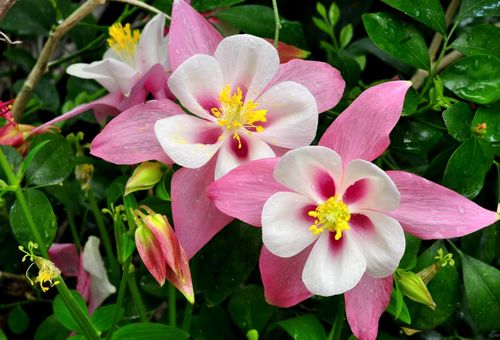
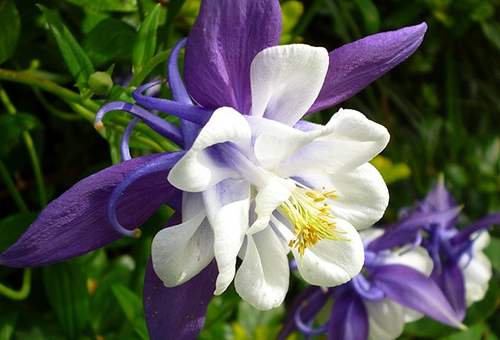
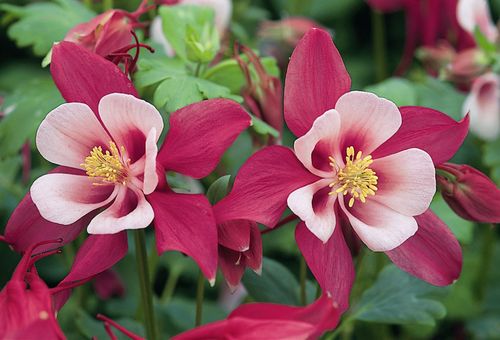
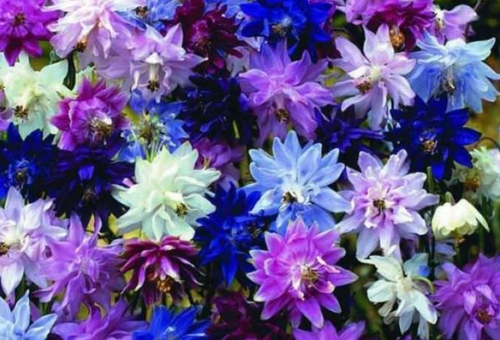
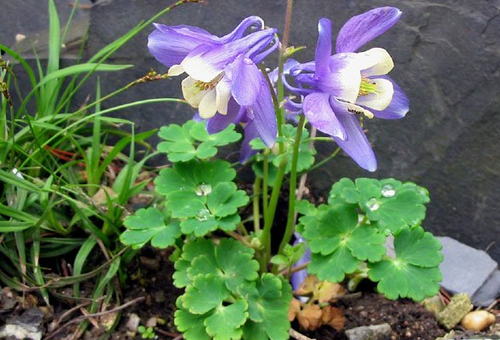
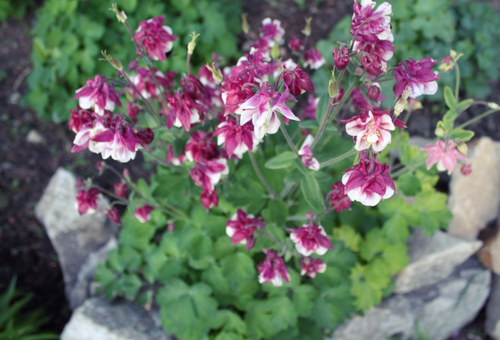
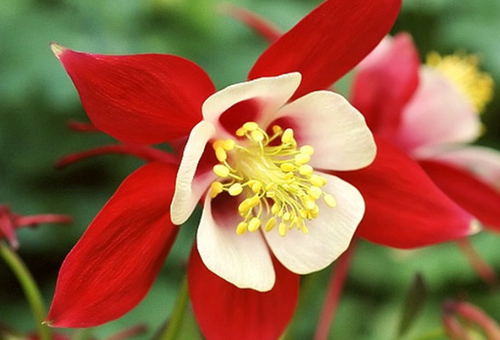
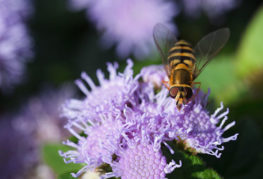

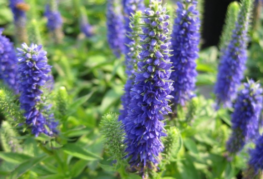
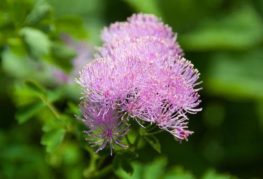
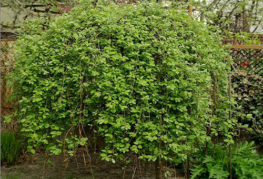
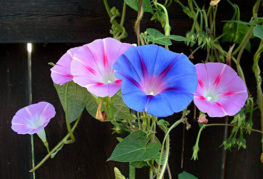
and will be published shortly.